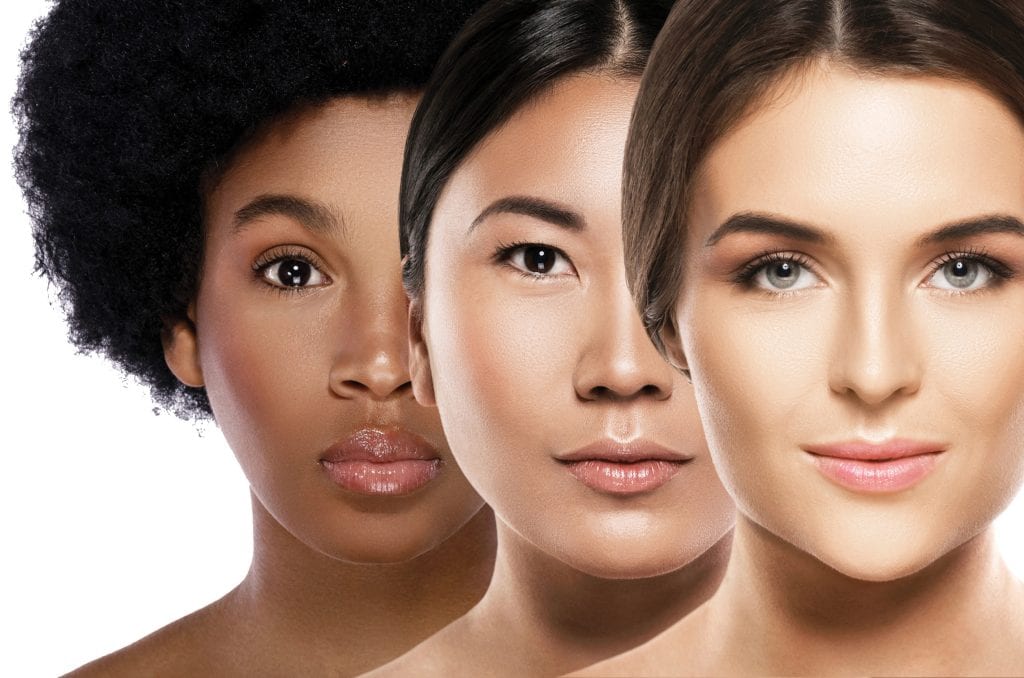Your face is the first thing others notice about you, so it needs to make the right impression. Sometimes that requires a little help from the professionals. Whether it’s stopping the clock or fixing existing damage, local experts share their insights on some of the top treatments on the market.
neuromodulators: freeze!
“Products like Botox and Dysport basically paralyze facial muscles to reduce the appearance of fine lines,” says Dr. Jeffrey Steitz of St. Louis Facial Plastic Surgery. “It’s most effective in the forehead to treat frown lines and crow’s feet, but it can be used in a variety of different areas. It’s becoming popular as an alternative to lip fillers.”
All ages: “While Botox used to be a taboo subject, people are much more open about it now, and it’s become more of an acceptable option for younger patients,” Steitz says. “By starting treatment in your 20s or 30s, you decrease the prevalence of wrinkles later. The purpose is more preventive than aesthetic.”
Know your goals: Steitz says treatment frequency depends on what you want to achieve. “If you have a big event you want to look good for, you only need it once,” he notes, “but many people are pleased with the results and choose to continue.” He adds that if you want to maintain results, every three to four months is a good timetable to follow.
fillers: pump up the volume
Fillers help address the loss of volume that comes with age. “They provide you instant gratification with immediate results,” says Aeron Sheffield, R.N., BSN, medspa director at Ethos Aveda Salon & Medspa. “There are a lot of horror stories about them, but if you go to the right provider, they are a great way to enhance natural beauty.”
The Kardashian effect: Steitz says thanks to Kim and co., fillers, especially in the lips, are becoming more popular with younger patients. “The key is to create volume without looking synthetic,” he notes. “For older patients, it’s about restoring what has been lost in areas like the cheeks and jawline.”
An artistic touch: Sheffield says it’s important that practitioners have a medical license. “They need to have experience, understand anatomy and know different techniques,” he explains. “There also is an artistic element. For example, I used to do makeup, so I understand shadows, highlighting and bone structure. You want someone who can look at your face and pinpoint where exactly you need volume.”
Time for a refill: How long fillers last varies between types. Steitz says six to 18 months is a normal wait time between treatments, with lip fillers generally not lasting as long as others.
hydrafacial: power wash
The procedure uses three steps to deep clean the face. A chemical peel exfoliates the skin, extraction removes debris from pores, and antioxidants and peptides saturate the skin for a natural glow. “It’s very popular,” Sheffield says. “It may sound funny, but it’s like a vacuum sucking up the bad things on your skin. We also can add boosters to address specific concerns.”
An a-peel-ing process: “The procedure is not too invasive and is fantastic for congested skin,” Sheffield notes. “Frequency is really up to the individual’s preference. Many of our patients like to have it done once a month.” While the procedure is good for treating acne, it includes a chemical peel, so patients under the age of 18 need parental permission.
Red carpet ready: There is no downtime with a hydrafacial, and the results are visible immediately. “It’s perfect to get before an event,” Sheffield says. “You can walk out of the medspa and get right into your evening gown.”
microneedling: the finer points
Small needles create microinjuries on the skin, generating new collagen and skin tissue.
Check credentials: In Missouri, the procedure does not have to be done by a medical professional, so Beth Donaldson, founder of skinBe Med Spa, notes that it is important to checkmyour provider’s qualifications. “You also should do your research on the technology being used,” she adds. “The SkinPen is the only FDA-cleared microneedling device on the market.”
Follow the plan: For full effect, a course of six to nine monthly treatments is recommended. “After that, you should have it done a couple of times a year for maintenance,” Donaldson explains. “Treatment plans are very customizable. If you have deep acne scars, you may require more initial treatments; if your skin is healthy and youthful, you’ll need fewer.”
Make it last: “The key to antiaging is connecting all of the pieces,” Donaldson says. “Along with monthly or quarterly treatments, your daily skin care routine makes a big difference. At a minimum, I recommend patients follow the ABCs: vitamin A, broad spectrum sunscreen and vitamin C.”
prp: add an boost!
Platelet-rich plasma (PRP) uses the growth factors in a person’s blood to stimulate cell turnover. Donaldson notes that it’s a great add-on to microneedling, and Sheffield adds that it also can be paired with radiofrequency treatments, be used to stimulate hair growth or be made into the trendy ‘vampire facial.’ “It allows the body to heal itself and promotes even more collagen production,” he explains. “It’s really amazing technology.”
The process works by collecting the patient’s blood and placing it into a centrifuge that separates the red blood cells from the PRP. The PRP then can be injected or applied topically. “Thanks to the STEM cells and growth factor, you get 10 times the results compared to microneedling or other procedures on their own,” Donaldson says. “It’s the most effective skin texture treatment on the market. You really get more bang for your buck.”
